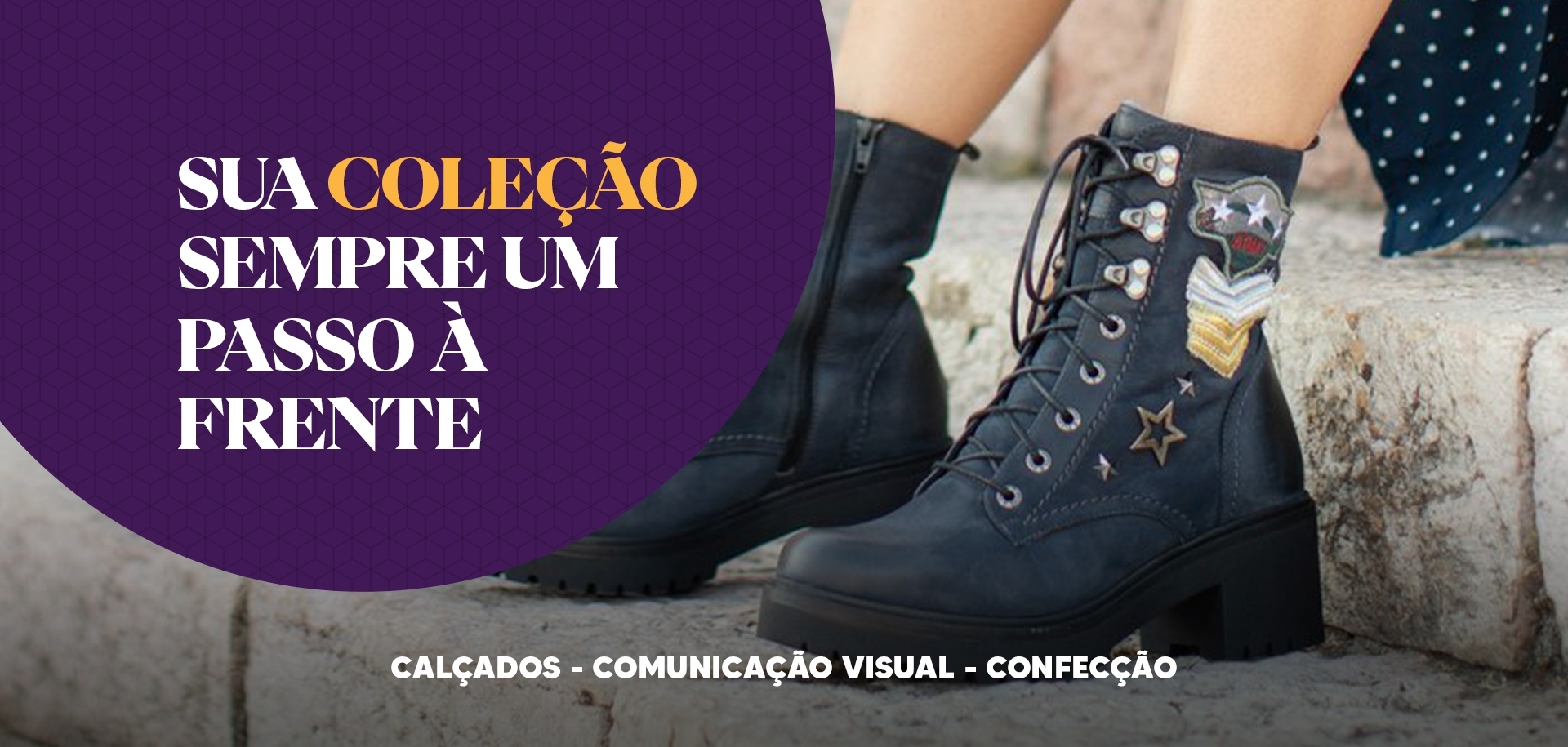


High heel is not just beautiful, it is symbolic. That's why it's so often hard to give up even when the body asks. However, in the long run, the account may be too high. Excessive use of high heel affects feet, heels, ankles, calfs, knees and spine. However, these are the places, say, "target" of the high heels, but that doesn't mean that jumps don't impact other areas.
When using high heels, the shoulders are naturally put back, just as the head goes slightly forward. Thus, it provides an elegant posture. The shoulders back somehow "open" the chest, which gives the impression of strength, of being open to face the challenges. Except that, of course, changes the position of the column. Therefore we separate two practical tips for those who use high heels every day:- Varie in the size of the heels;- Varie in shoes models. Both sizes and varied models give rest to the body, because, fatally, each model will no longer affect a certain part of the foot. It turns out that the use of too high heel can cause shortening of the muscle of the calf, which harms the use of shoes without heels, or even of the floor barefoot. In addition, the constant increase in the height of the heel can change the pattern of the tread, naturally leading to instability. Feet on the ground, in a natural way, is good for health. Anyone who wears enough high heel, can, for a few minutes a day, for example, walk barefoot at home or in some area that is minimally clean and comfortable. This practice can relieve the pressure on these parts of the body, in addition to being great for releasing energy. Source: Shoes in box
